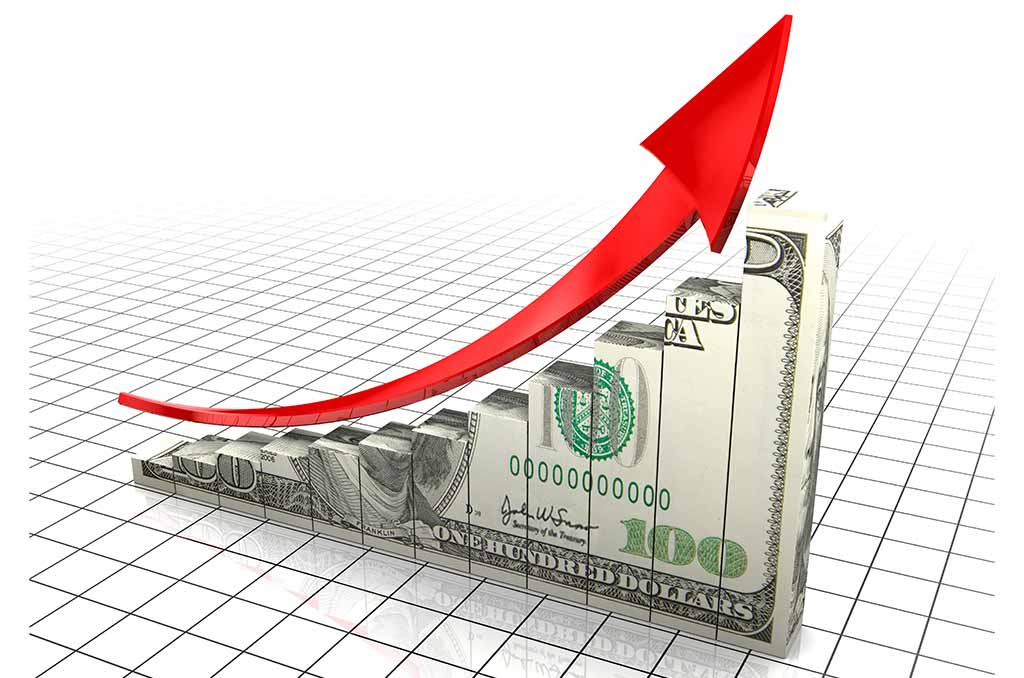POPULAR IN INVESTING 101
Drishti Choudhary

A Comprehensive Guide On Short-Term Investments
Drishti Choudhary

How To Invest Your Money: A Guide For Beginners
Drishti Choudhary

How To Buy A Laundromat? The Ultimate Step-By-Step Guide
Choncé Maddox
Can you save $10,000 in just 52 weeks?
Introducing your savings ally: $10,000 Saving in 52 Weeks Printable
Why It’s a Must?
- Each week, track your savings and watch the magic happen.
- Stick to the plan, and see your money grow effortlessly.
- Stay excited as you make impressive progress towards your goal.
(By subscribing, you agree to our terms & conditions, privacy policy, and disclaimer.)







